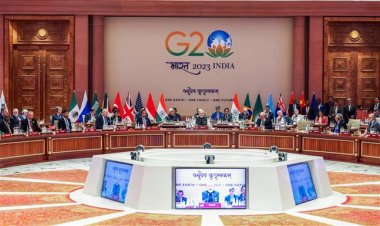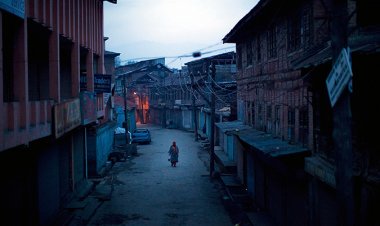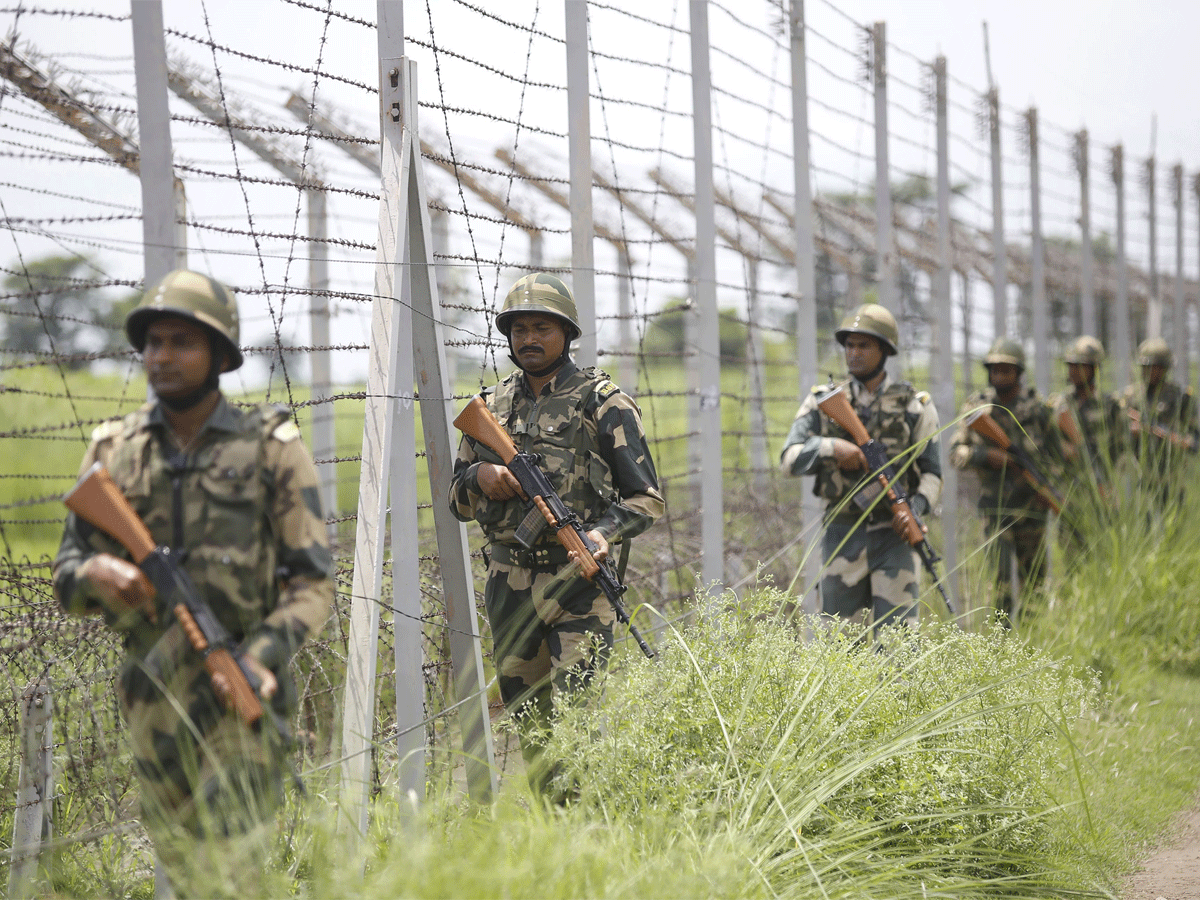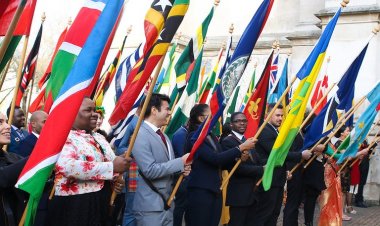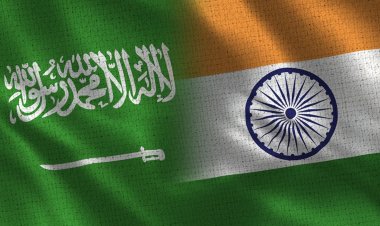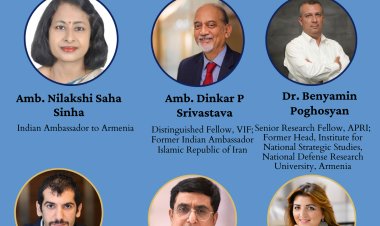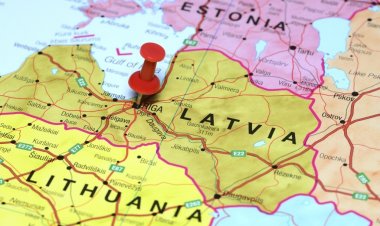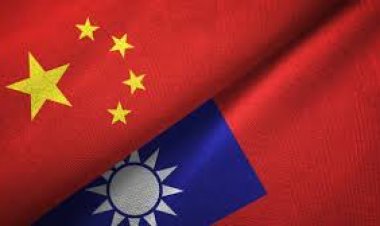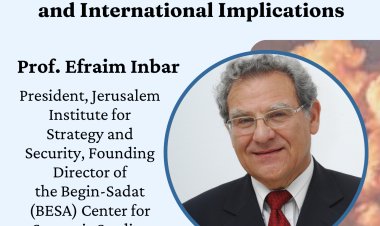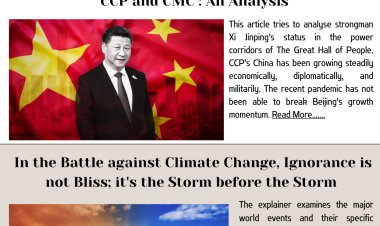Uyghurs: Persecuted by Chinese, forgotten by the world
Unlike other persecuted groups, Uyghur Muslims rarely become a topic of discussion within the global Muslim community, even though in reality Uyghurs are facing the worst kind of persecution at the hands of the Communist regime of China in the Xinjiang province. They are facing a cultural and demographic genocide, but unfortunately, their plight remains hidden from the outside world because of the total Chinese embargo on reporting from the province. The following commentary exposes the precarious situation of Uyghurs Muslims in China in detail.
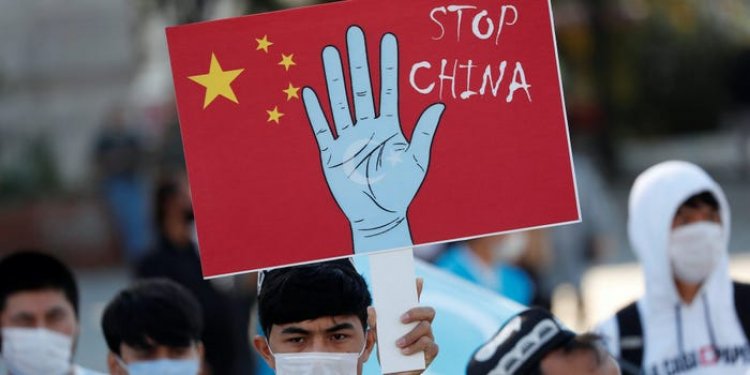
Commentary
Dr Shujaat Ali Quadri
Unlike other persecuted groups, Uyghur Muslims rarely become a topic of discussion within the global Muslim community, even though in reality Uyghurs are facing the worst kind of persecution at the hands of the Communist regime of China in the Xinjiang province. They are facing a cultural and demographic genocide, but unfortunately, their plight remains hidden from the outside world because of the total Chinese embargo on reporting from the province.
There are about 12 million Uyghurs, mostly Muslim, living in Xinjiang, which is officially known as the Xinjiang Uyghur Autonomous Region (XUAR). The Uyghurs speak their distinct language which is similar to Turkish and see themselves as culturally and ethnically close to their Central Asian neighbours. The region is also home to other ethnic groups including Han Chinese, Kazakhs, Kyrgyz, Mongols, Tajiks, Uzbeks, and Tatars. Because of its location along the ancient Silk Road, Xinjiang has a long history of cross-migration by different minority groups.
The Uyghur-dominated region spans around 1.6 million sq. km, which is comparable to Iran in terms of land area. It is situated in the Tarim Basin and constitutes the largest region of China, making up about a sixth of the country’s entire land area. It is also rich in oil and natural gas resources.
Uyghurs are said to have converted to Islam in the mid-16th century, and by the turn of the century, almost the entire Uyghur population became Muslim. And with conversion, their cultural rituals gradually got rinsed into Islam.
The first instance of territorial autonomy for Uyghurs came in 1933 when the first East Turkistan Republic was briefly declared by the then-majority Uyghurs. However, its borders were unsettled and its army was soon defeated by the Chinese nationalists led by Chiang Kai-shek. The second East Turkistan Republic was again declared independent in 1944 with Soviet backing. But in 1949, China’s new Communist rulers, who defeated Chiang in the civil war, annexed the region with the nod from the Soviet leader Joseph Stalin, ending the Uyghurs’ dream of an independent homeland.
Beijing insists that it has an ancient claim to Xinjiang — dating back to 206 BC — and considers it as an “inseparable part of the Chinese nation”. Uyghurs disagree with this Chinese narrative by arguing that borders in the region have been drawn and redrawn for centuries depending on the dominant power, including the Mongols and the Turkic Qarakhanid. Overseas Uighurs also contend that their religion, language, and cultural practices clearly distinguish Xinjiang from the rest of China.
Since 1949, when Mao Zedong’s communist forces took control of Xinjiang, outward-migration has increased substantially, with Uighurs leaving the region to escape political and religious repression, leading to a gradual decline of their once majority population. Other waves of migration occurred during the great famines of the 1950s and 60s, followed by Mao’s bloody Cultural Revolution, which saw many intellectuals purged or summarily executed.
On October 1, 1955, Mao designated Xinjiang as “Uyghur Autonomous Region”, creating a regionwide Uyghur identity that overtook Uyghurs’ traditionally local and oasis-based identities. Hundreds of thousands, if not millions, of Uyghurs and other Muslim minority groups, eventually escaped to neighbouring Central Asian countries, including Kazakhstan, Kyrgyzstan, Tajikistan, and Uzbekistan. Others fled to Afghanistan and Turkey.
Following the renewed political tensions in recent years, thousands of refugees also escaped to Europe, while more than 1,000 eventually made it across the Atlantic to the United States. The Uyghur population in the U.S. has since increased to at least 10,000. Meanwhile, millions of Han Chinese started immigration into Xinjiang with Beijing’s encouragement. They now make up the second-largest ethnic group in the region, diluting the dominance of the Uyghur population in their own homeland and creating new sources of tension.
In recent years, whenever Uyghurs asserted to maintain their separate Islam-inspired cultural identity, the Chinese communist regime has resorted to harsh crackdown to subdue Uyghurs into submission. Chinese government thinks that Islam is behind Uyghurs’ rebellion against the People’s Republic of China. Interestingly, Chinese communists have never said that Buddhism is behind the independence movement in Tibet. The tensions in the province have been building over time, sometimes even erupting into violence.
In the 1990s, there were attacks linked to the East Turkestan Islamic Movement (ETIM), a group advocating violence to create an independent state of East Turkestan to replace Xinjiang. In February 1997, hundreds of peaceful protesters were allegedly shot to death by the Chinese soldiers in what Uighurs now call the Ghulja massacre, referring to the city near the border with Kazakhstan.
Further in 2009, about 200 people died in clashes in Xinjiang, which the Chinese blamed on Uyghurs who wanted their separate state. In recent years, occasional massive security crackdowns have been launched against Uyghurs, even without any apparent provocation.
Xinjiang is now covered by a pervasive network of surveillance, including police, checkpoints, and cameras that scan everything from number plates to individual faces. According to Human Rights Watch, police are also using a mobile app to monitor people's behaviour, such as how much electricity they are using and how often they use their front door.
Surveillance in Xinjiang through countless camera monitors installed in big cities, such as the capital Urumqi, also makes it impossible for journalists to speak to Uighurs, without them risking possible arrest. A 2019 report by Human Rights Watch (HRW) said the government was using a mobile application to store data of Uighurs and other Turkic Muslims to monitor their movement through facial recognition.
Since 2017, when President Xi Jinping issued an order saying all religions in China should be Chinese in orientation – also called Sinicization – there have been further crackdowns. Human rights campaigners contend that China is trying to eradicate Uyghur culture. Human rights observers have also accused Beijing of rolling out birth-control policies targeting Uighurs and other minority groups, aiming to cut 2.6-4.5 million births within 20 years.
In early 2017, shortly before the mass arrests and re-education programs were rolled out by Beijing, Zhu Hailun, then head of the Xinjiang Communist Party Political and Legal Affairs Commission was quoted as saying that with the “powerful fist” of the Chinese government, “all separatist activities and all terrorists shall be smashed to pieces” in Xinjiang.
In a report in June 2021, Amnesty International described life in Xinjiang as a “dystopian hellscape”, with former detainees revealing torture and other abuses committed “to forcibly instill a secular, homogeneous Chinese nation” according to the ideals of the country’s Communist Party.
There have also been reports of the government banning Muslims from fasting during Ramadan, or women wearing veils and men growing their beards long. Muslims were also reportedly forced to eat pork, which is prohibited in Islam. In 2020, an investigation conducted by the Australian Strategic Policy Institute (ASPI), using satellite imagery and ground reporting, also revealed “thousands of mosques” in the region have either been damaged or destroyed in just three years.
Despite this continuous cultural, demographic, and physical genocide of Uyghurs, as well as other minorities like Christians, and their incarceration in so-called re-education camps, the stand of Muslim countries have been unfathomable. Pakistan, which is an ally of China because of many geostrategic interests, but also a state that takes a stand on every cause of Muslims worldwide, has not only been silent but also endorsed the treatment of Uyghurs at the hands of the Chinese Communist Party as valid and acceptable.
Pakistan even supported China on the issue of Uyghurs at the United Nations. Besides, countries such as Sri Lanka, Nepal, Turkmenistan, Belarus, and Tajikistan also back China over its policies in Xinjiang. Malaysia, Thailand, and Cambodia even deported Uyghurs who have taken shelter in these countries and who China wanted back.
In March this year, the ruling AKP party (of President Recep Tayyip Erdogan) of Turkey stalled a parliamentary resolution demanding condemnation of the massacre of Uyghurs in Xinjiang. Ironically, President Erdogan eyes world leadership of Muslims, yet a strongman like him keeps his eyes shut on the persecution of Uyghur Muslims.
Now the big question is, until when the world will keep watching the ethnic cleansing of Uyghurs?
Dr Shujaat Ali Quadri is the National President of MSO.
Disclaimer: This paper is the author’s individual scholastic contribution and does not necessarily reflect the organisation’s viewpoint.

